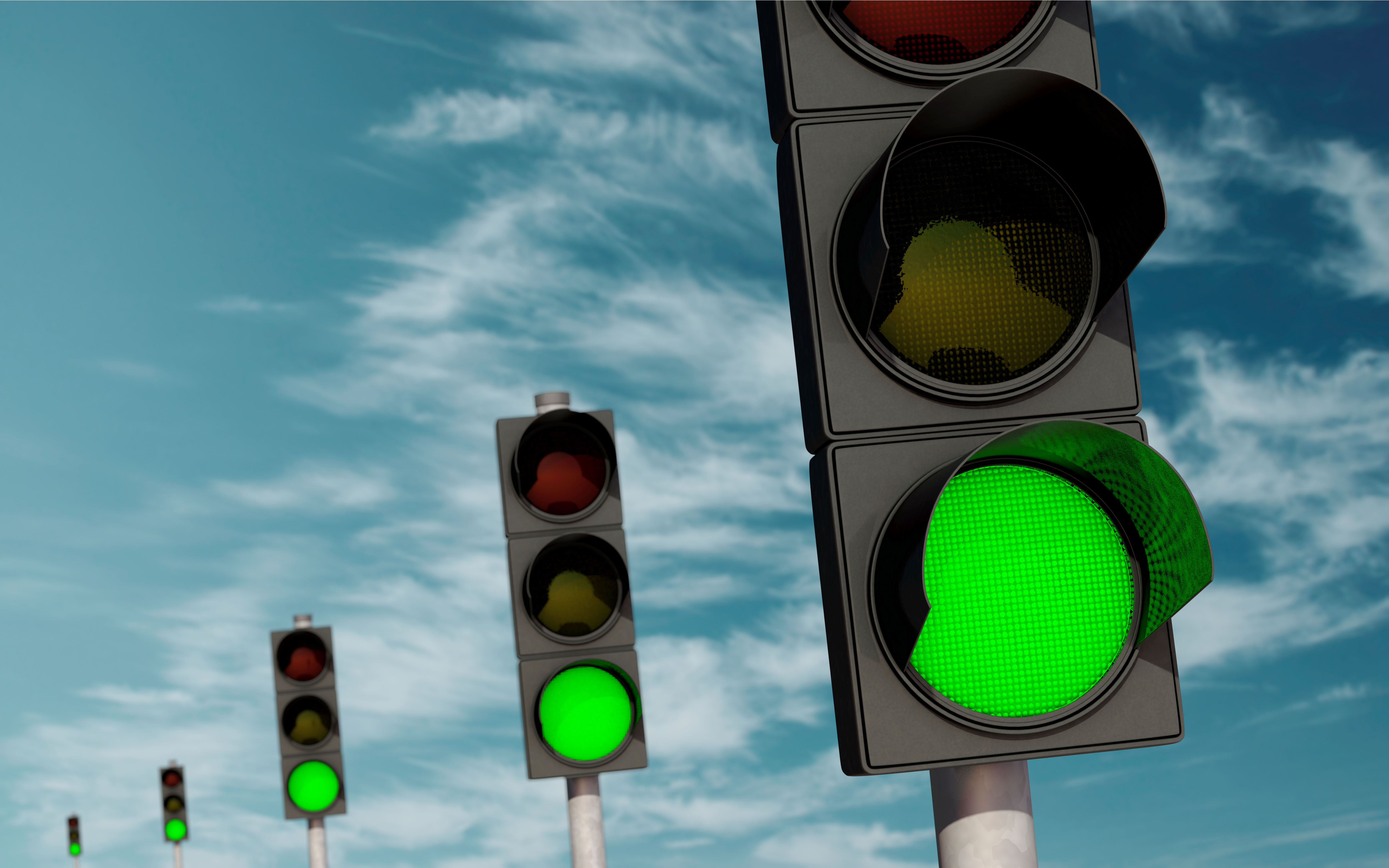5 Steps Small Cities Can Take to Become Smart Cities

The term Smart City is more likely to conjure an image of a bustling, sprawling metropolis than of a small or suburban community. But cities of all sizes can become “smart,” because the foundation of every Smart City is the ability to collect and utilize data collected by intelligent sensors for streamlining city operations and public safety. Small cities can drive their Smart City transformation with these five attainable approaches:
- Optimize Intracity Connectivity
All cities use sensors, such as street lamps, CCTV surveillance cameras, traffic lights and even pollution detectors, to collect information about what’s happening in the city. Smart Cities are those that utilize Internet of Things (IOT)-connected sensors to drive these everyday activities more efficiently, using collected data to make decisions for optimizing city lifestyle.
Even something as mundane as accelerating finding a parking spot can be impactful and easily achievable by using sensors that detect available parking to update a city’s mobile app or connected street signs.
- Encourage Information Sharing
In today’s digitally driven world, access to data is key; but a major challenge is siloed information. Cities need to adopt tactics for local information sharing. This strategic cooperation between public safety agencies and private businesses has enabled the city of Detroit’s Smart City transformation: Project Greenlight involves gas stations working with the local police department. Business owners provide access to video surveillance footage, and the police use the video data to enhance investigations and real-time emergency response.
Optimized data access and communication has enabled the DPD to cut city crime by 50%, promoting safety and improving quality of life for Detroit residents – all based on existing video surveillance infrastructure.
- Enable Real-Time Response
Much of public safety enablement relies on the ability to respond to events as they unfold. Leveraging video sensors and Video Content Analytics, law enforcement can configure notifications to be alerted when unusual behavior may warrant their response.
From uncovering suspicious details, identifying potential threats and deploying responders in real-time, police and security teams can prevent trespassing and monitor loitering, but also can drive emergency response. By receiving alerts about minor details, such as a car blocking emergency vehicle parking, public safety forces can respond proactively and ensure timely access to an injured civilian or a spreading fire, before it’s too late.
- Drive Sustainability Initiatives
A big focus of Smart City strategies is sustainability: Data and connectivity can drive environmentally-friendly lifestyle improvements by, for instance, detecting and optimizing inefficiencies in traffic flows using smart, connected sensors. Video surveillance data can inform intelligent decisions about:
- Foot Traffic: Identifying frequencies and concentrations for planning out pedestrian pathways and traffic lights
- Public Transportation: Detecting inefficiencies and formulating bus or train schedules based on residents’ needs
- Bicycle Traffic: Understanding patterns to plan bike lanes that protect bikers and encourage this as an alternative to driving
- Car Traffic Control: Optimizing traffic lights based on actual data about the frequency, locations and times of car dwelling
Thus, data-driven traffic optimization can positively impact both the environment and the efficiency of navigating the city.
- Promote Security and Economic Growth
Smart City initiatives are effective beyond improving daily live for residents – they help cities attract new residents and visitors. Having a reputation for safety and efficiency is crucial for invigorating local commerce and encouraging growth.
By optimizing existing infrastructure, promoting connectivity, information sharing and cooperation to enable real-time response, sustainability and mobility, cities of all sizes can transform into safe and Smart Cities and drive continued economic and lifestyle optimization.